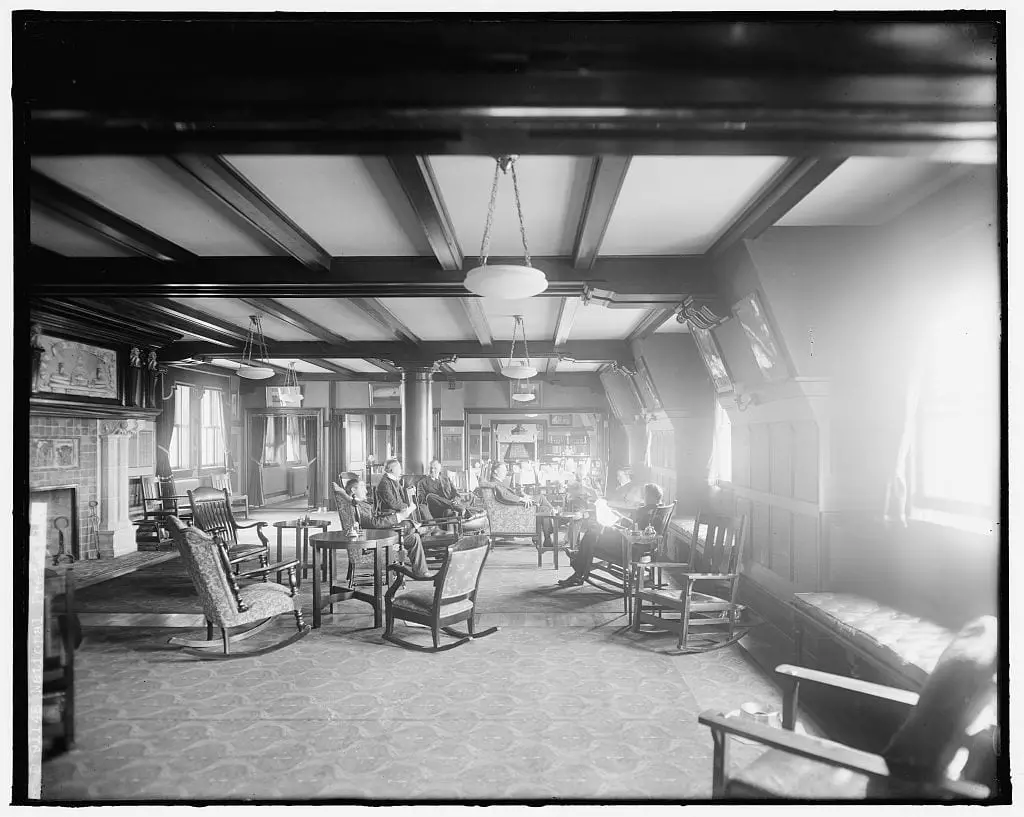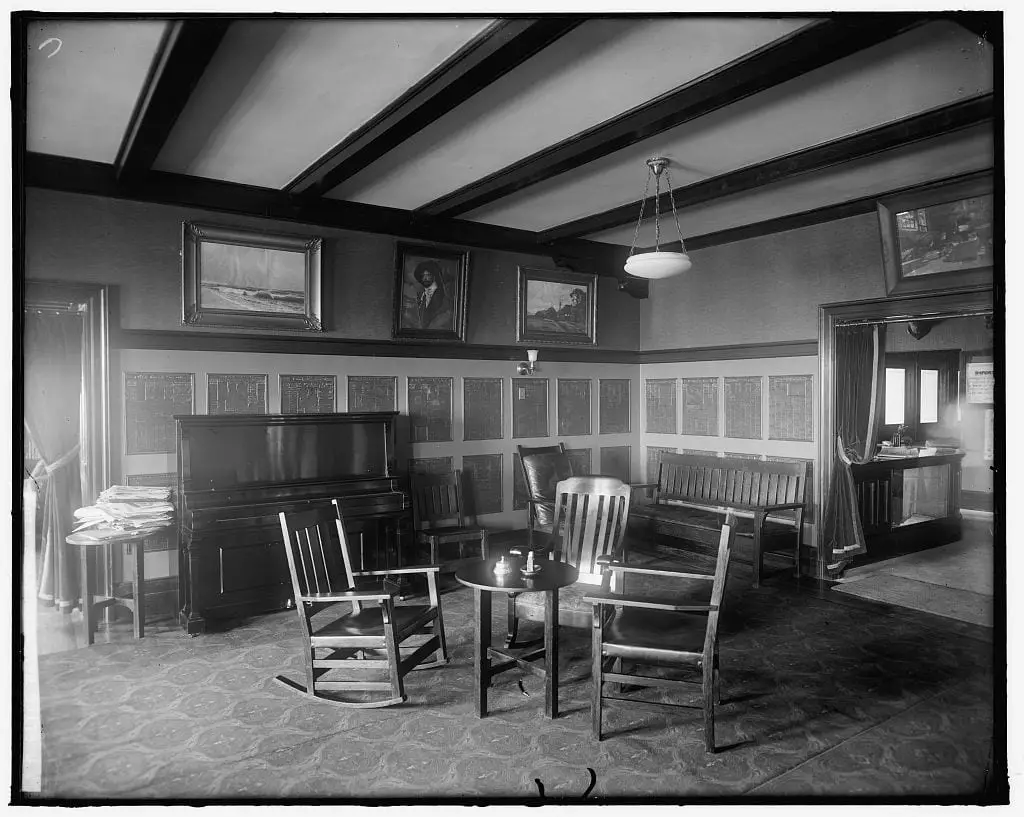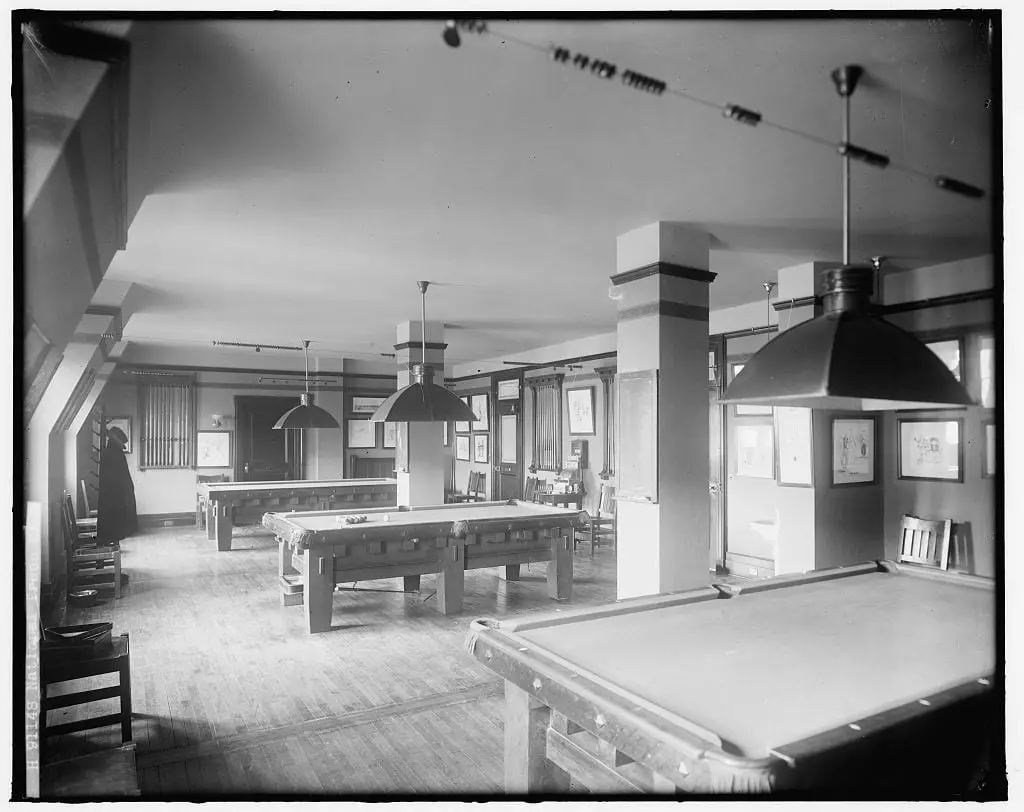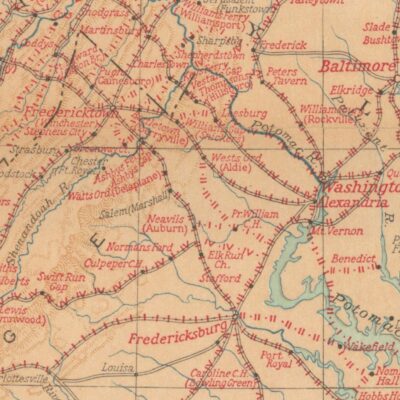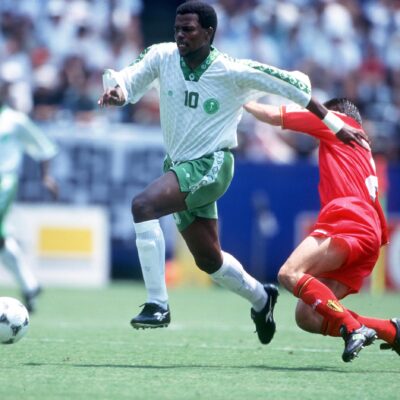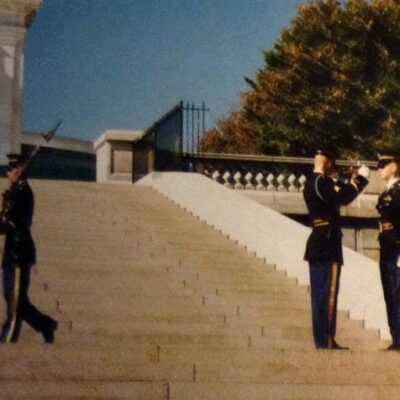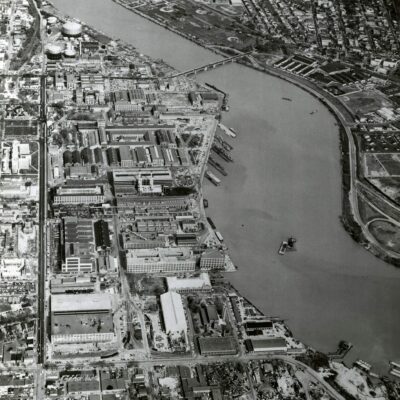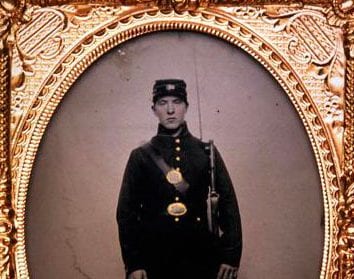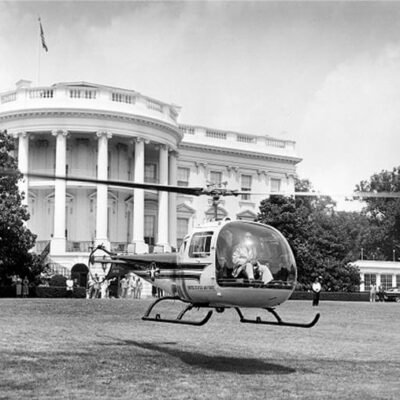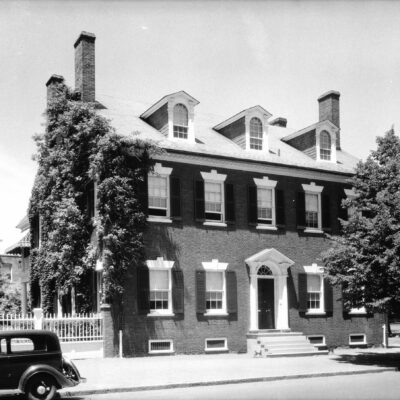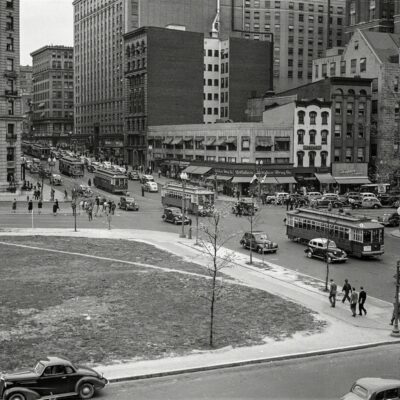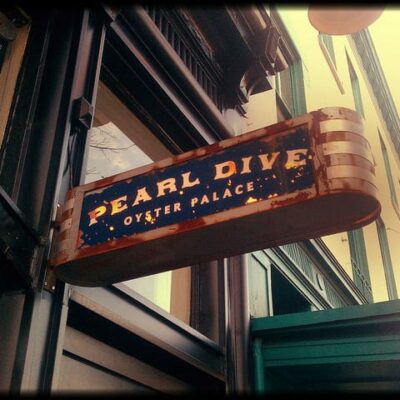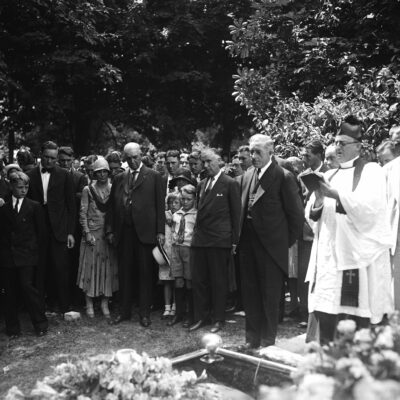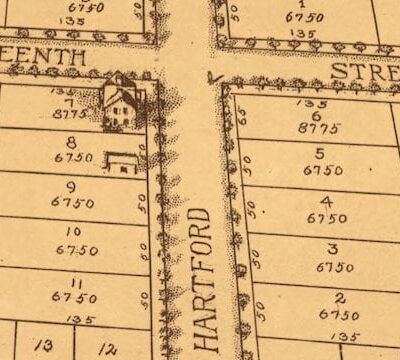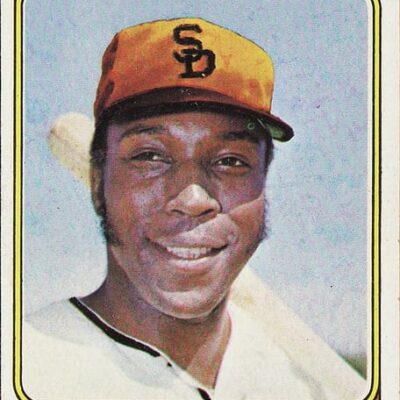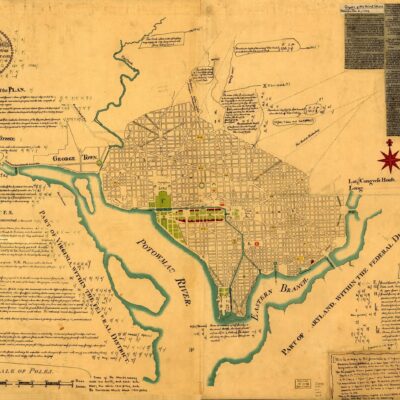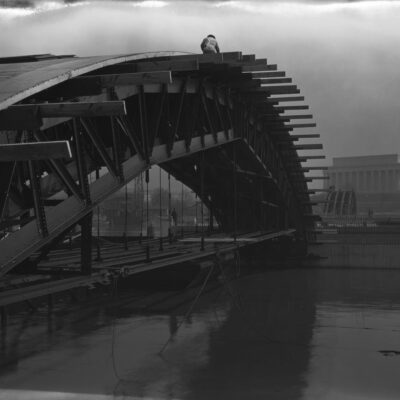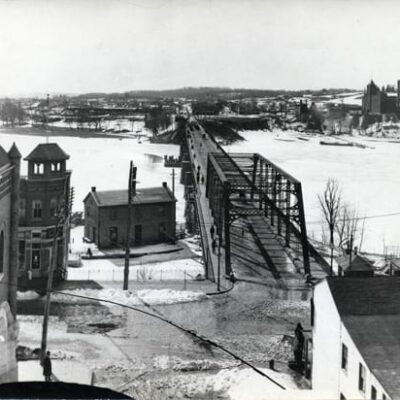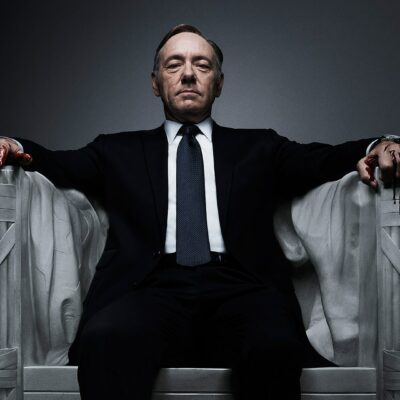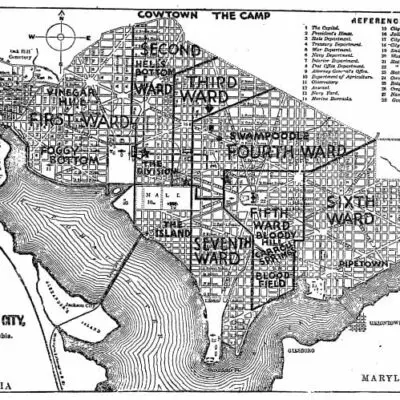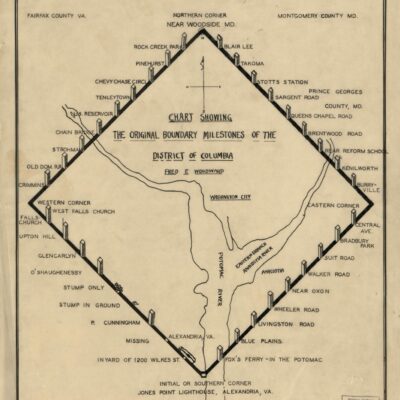Do you like your beer, wine or liquor? The Sheppard Bone-Dry Act of 1917 would have put a major damper on your libations when it was signed by President Wilson. November 1st, 1917 would be the day all Washingtonians would rue, when their legal right to consume alcohol was taken from them with the advent of Prohibition in the District, almost three years earlier than the rest of the nation (okay, it didn’t really kill drinking, it just dramatically altered the drinking culture, forcing it underground).
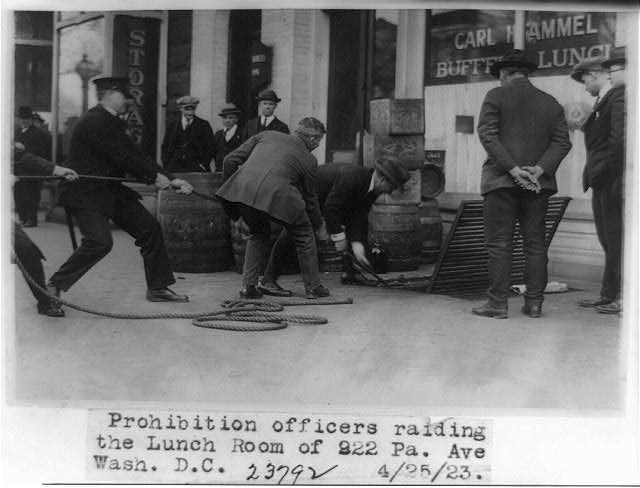
Instead of focusing on those dark (but likely raucous and fun) days during Prohibition, we’re going to highlight the day the first liquor license was distributed in 1934.
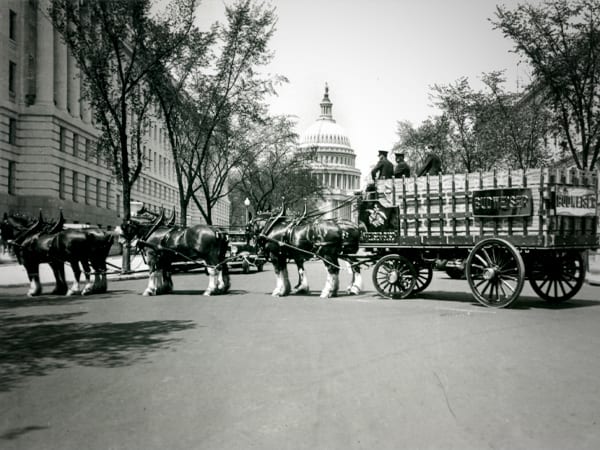
On February 28th, the first, of many, liquor licenses was to be granted to establishments all across the city. The honor was handed to the National Press Club (and they still have this license). Below was a quick mention of it in the paper that day.
Presentation of the first liquor license in the District to William C. Murphy, jr., president of the National Press Club, will be broadcast by WJSV this midnight.
George Ofutt, chairman of the liquor control board, will make the presentation in the presence of District Commissioner George Allen and Board Members Isaac Gans and Mrs. William B. Mason.
This was obviously a big deal for the city, as it was being covered live at the stroke of midnight. The Press Club was officially the first to receive their license, but throughout that night, motorcycle policemen, once the raiders of speakeasies, were speeding all throughout the city to deliver licenses to hundreds of establishments to codify the legality of their serving alcohol.
The Baltimore Sun had the following article on March 1st, the official first day of repeal, covering the events that unfolded at the stroke of midnight.
Washington, Thursday, March 1–After waiting nearly three months longer than the rest of the country for prohibition repeal to come, the District of Columbia last midnight went wet with a nightcap. There was little time for much else except the excitement of attending a race between the Police Department, with more than 200 liquor licenses to distribute, and a 2 A. M. closing hour.
At that, there was evidence that a good time was had by all who stayed up.
Back in 1917, when the Sheppard law waxed the cork on tightly, police sirens sounded throughout the city as place and place was found tardy in going dry. Last midnight found sirens sounding again as police motor-cycles sped through the streets, their riders bearing permits for the reopening of the bars. At the same stroke trucks from wholesalers’ warehouses rumbled through the streets to deliver the stocks.
There were “repeal parties” at various hotels, restaurants and night clubs, with habitues getting a thrill out of not hiding their bottles under tables. Other hotels and restaurants postponed the opening of their bars until this morning. One hotel saved its repeal inaugural for a Junior League fashion show to be held this afternoon.
-ad 199-

The first legal drinks were dispenses, with ceremonies as the clock struck 12 at the National Press Club, which had been selected to receive the first license. Members of the District Alcohol Beverage Control Board–George W. Offutt, Mrs. W. Beverly Mason and Isaac Gans–presented license No. 1 to William C. Murphy Jr., the club’s president.
From that moment on the Capital’s estimated 2,500 speakeasies went out of business officially.
…
And, as one observer put it ,despite seventeen years without it, Washingtonians appears to hold their liquor quite well.
Somehow that doesn’t come as a shock. And now, just like our unique D.C. Emancipation Day, we also have a Prohibition Repeal Day just for us … March 1st.
Take a look at these period photos of the National Press Club below … pretty amazing. Oh, one last thing. If this is a topic of interest to you, then you should check out the book “Prohibition in Washington, D.C.: How Dry We Weren’t,” by GoDC friend Garrett. Not only is it a good read, Garrett’s a pretty good dude, who will happily regale you with excellent lesser-known history stories from our city. You can meet up with him on his Temperance Tour (next one in September).
